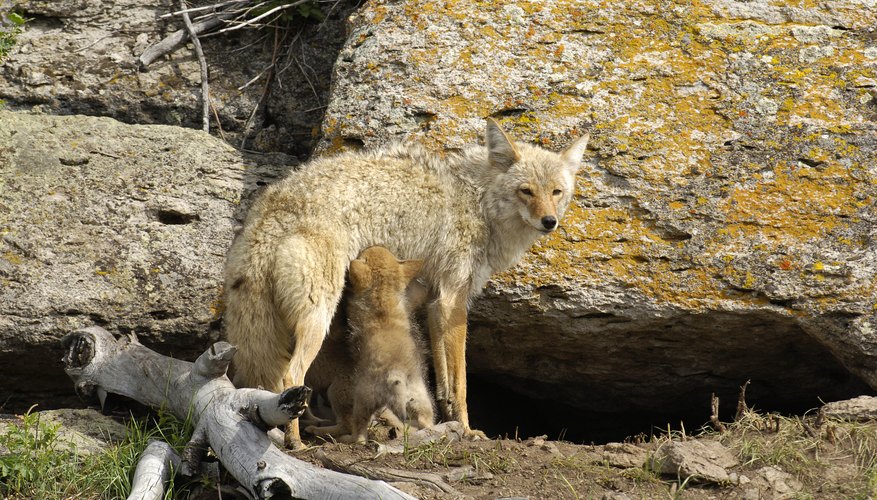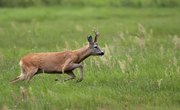
The coyote, cousin to the wolf and dog, is a beautiful, versatile, and clever animal that easily adapts to a variety of different environments. You may be interested in finding a coyote's den out of zoological interest or because the coyotes are creating problems, such as hunting livestock or pets. Though it's generally not recommended to try to interact with coyotes, since they can be dangerous when provoked or possibly rabid, you can learn how to find coyote dens and learn how many coyotes are in the surrounding area. After that, you can either observe the coyotes, taking pictures, notes, or just observing them from afar, or pay a specialist to remove the coyote den, if the coyotes have become a menace to local livestock.
Though coyotes can become friendly and dog-like towards humans, remember that they are wild animals. All wild animals can be dangerous. Be careful if you find a coyote's den.
Coyotes can carry rabies.
Go to a location where coyotes may live. Coyotes can live in a variety of areas; evidence that they live in an area includes footprints, scat, or you may even catch a glimpse of the coyote itself, since they often live in close proximity to humans.
Know what a coyote den looks like. Coyotes typically dig their own dens, but sometimes coyotes will enlarge abandoned badger holes. Coyote dens usually have entrances that are 1 to 2 feet wide, and are 5 to 15 feet deep. Look for coyote tracks coming away from the den in all directions.
If a coyote has killed livestock, track the coyote back to its den from the site of the livestock kill. Following the coyote tracks back to the den from a livestock kill is one of the most straightforward ways of finding a coyote den, though this method can take you quite a long distance. Usually coyotes have a range of about six square miles, and tend to move about two to three miles per day.
Search for places where coyote dens may be built. Look under uprooted trees, in thickets, and under logs. Coyote dens will be found in any place that can be easily hidden and obscured.
Find out where coyotes are located by howling and waiting for a response. Record a howl and play it back, imitate a howl using your voice, or blow a coyote howler call. If a coyote responds, move in the direction of the howl to find the general area where the den is located. Wait an hour or more after a coyote responds to howl back, because the coyote probably won't respond again until then.
Warnings
References
Writer Bio
April Lee started writing professionally in 2009. She is the marketing writer for an independently owned cheese business. She attended the University of North Texas and majored in English.



